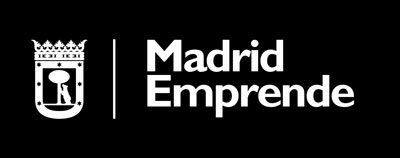- Translated as “block chain”, this technology has become popular for being behind the development of the bitcoin
- blockchain stands for technological innovation and disruption
The technology blockchain (translated from English as “chain of blocks”) is synonymous with innovation and disruption.
Concept of blockchain
The concept blockchain It implies not only a database, but also technological tools that allow the transfer of values or assets without intermediaries. Virtually anything of value can be tracked and traded in a network of blockchain, reducing risk and costs for everyone involved.
This technology leaves verification to a network of nodes (networked computers) linked to the blockchains, without third party verifications. In fact, it provides immediate, shared and transparent data stored in a distributed and unalterable registry, to which only authorized members have access.
The blocks contain the encrypted information of the transactions carried out on the network. And the chain made up of those blocks intertwines the data, achieving a fairly secure encoding through cryptography. The greatest peculiarity is that there is no third party that certifies the information; instead, the information is distributed to a number of independent nodes that examine and validate the informational encoding.
Cryptographic encryption makes it impossible to modify or remove information from a block added to the chain. All this entails greater data protection.
How does it work
- When a transaction occurs, it is recorded as a block of data.
These transactions show the movement of an asset, tangible or intangible. The data block can record the information of your choice.
- Each block is connected to the previous and subsequent block.
These blocks form a chain of data as an asset moves from one place to another or changes ownership. Blocks confirm the exact time and sequence of transactions. They are also securely attached to prevent them from being tampered with or inserted between two existing blocks.
- The transactions come together to form an irreversible chain: a
Each additional block reinforces the verification of the previous block and thus of the entire blockchain. This makes said chain immutable, unalterable.
types of networks blockchain
public networks
It is the one that anyone can join and participate in, as bitcoin. The disadvantages are that it requires a lot of computational power, there is little privacy for transactions, and security is weak.
private networks
a private network of blockchain is a decentralized peer-to-peer network ("peer to peer«). However, a single organization manages the network and controls who is allowed to participate, decides when to run a consensus protocol, and maintains the shared ledger.
Authorized networks
Companies that establish a private network of blockchain they will usually do it in a network of blockchain authorized. Participants will need an invitation or permission to join.
blockchain consortium
Several organizations may share the responsibilities of maintaining a blockchains and determine who can send transactions or access data. This type is ideal for business when all participants must be authorized.

